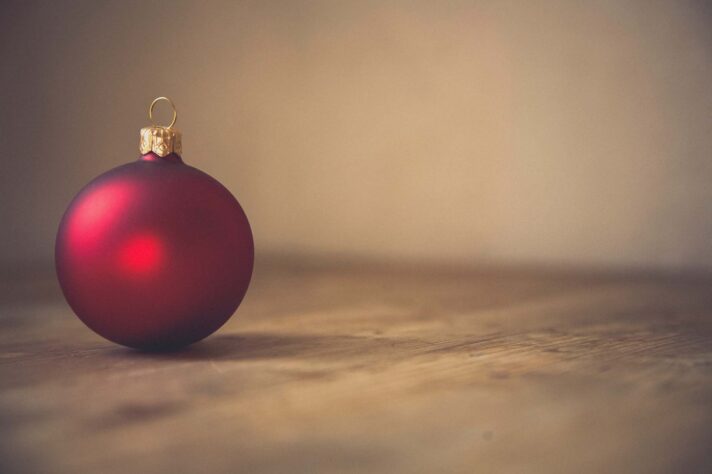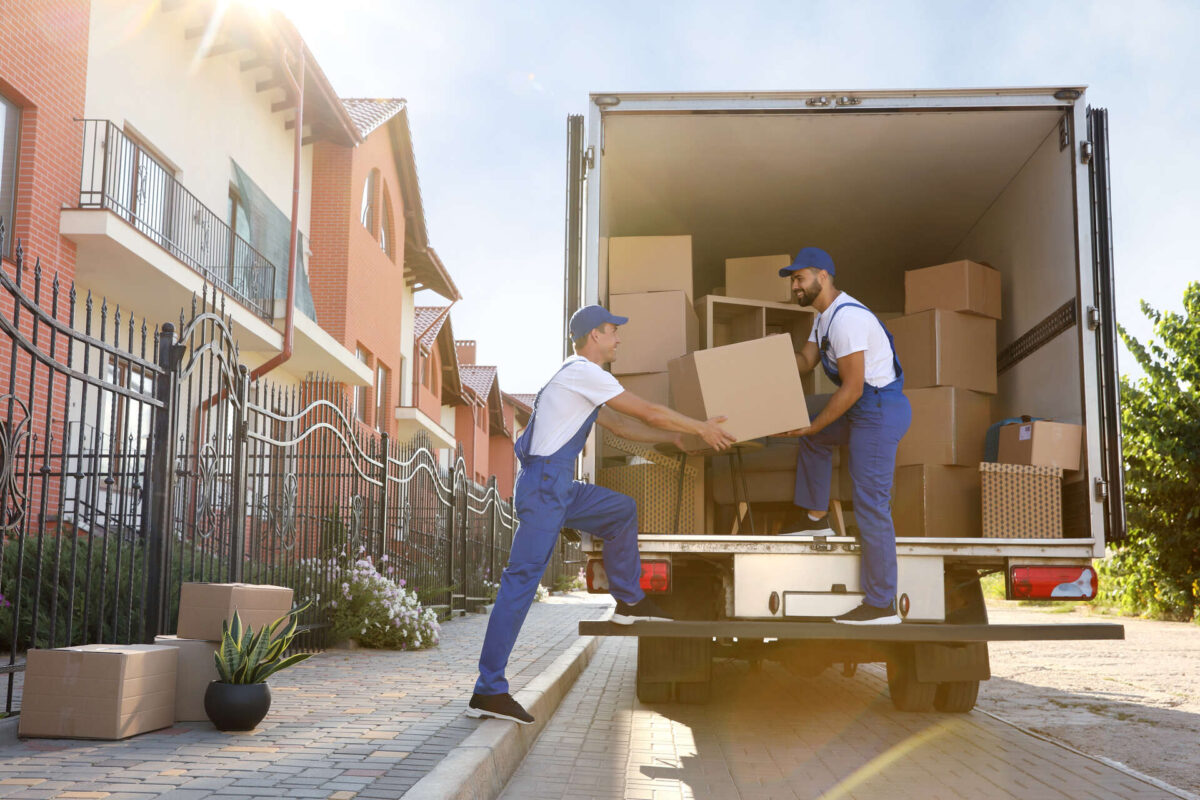Embarking on a move and worried about your fragile possessions? Discovering the best way to wrap breakables can be the difference between a smooth transition and a box full of regrets. In this guide, we’ll unveil tried-and-true methods to ensure your delicate treasures are protected every step of the way. Let’s dive in and make your move a breeze.
Let us help you learn how to pack breakables for a smooth relocation experience
What Is the Best Way to Wrap Breakables?
The best way to box up your fragile items when moving cross-country involves a combination of quality materials and careful techniques. So, start by gathering high-quality supplies. Individually envelope each item and layer protection for extra delicate pieces. Choose boxes that fit your belongings snugly, filling any gaps with crumpled paper or soft materials to prevent movement.
Always label boxes as “Fragile” and strategically place them in the relocation vehicle, making sure the heavier boxes are at the bottom. This approach minimizes relocation mistakes and the risk of damage, ensuring a smooth relocation to your new home. However, if you are not sure of your abilities, don’t hesitate to hire a long-distance moving company to assist you.
Categorizing Your Fragile Items – Not All Breakables Are the Same
When preparing for relocation, it’s crucial to understand that not all delicate objects are created equal. These possessions can range from everyday glassware and precious ceramics to sentimental artwork and heirloom ornaments. Each type demands its own unique boxing-up strategy.
Glassware, often used daily, requires careful wrapping and cushioning to prevent chipping or shattering. Ceramics, which can be both decorative and functional, need an extra layer of protection due to their brittleness.
Artwork, especially framed pieces, calls for special attention to prevent scratches or tears. By categorizing your collection according to its type and handling requirements, you set the stage for a safe and organized relocation process.
Assess Their Fragility and Value
Now, take a moment to assess the fragility and value of each item. This step isn’t just about physical protection. It’s also an opportunity to declutter and downsize. Begin by sorting your belongings into two main categories: those that are highly fragile and those of significant value, either monetary or sentimental.
This process can be enlightening. You might find pieces that, while beautiful, may not hold as much value in your life anymore. This is the perfect time to consider relocating only those pieces truly worth keeping. Consider gifting some stuff to family and friends, a gesture that can add sentimental value to these objects.
For possessions like antique sets, artwork, or collectibles, think about selling some of them on platforms like Shopify. Not only does this help in reducing your load, but it can also provide extra funds to support your relocation expenses. Moreover, thorough and smart downsizing can make your relocation easier and even financially beneficial.
Take this opportunity to sort through your collection and decide what is truly worth keeping
Gather Essential Supplies for Safeguarding Your Breakables
Before diving into the whole process, it’s important to gather high-quality packing materials. Using the right supplies not only ensures the safety of your easily breakable stuff but also brings peace of mind.
The correct materials can absorb shock, prevent movement within boxes, and protect against external pressures. Here’s a list of different packing materials needed for a safe relocation experience:
- Bubble wrap – the MVP of supplies, bubble wrap provides excellent cushioning for fragile objects.
- Clean paper – ideal for wrapping belongings before placing them in bubble wrap, packing paper prevents scratches and offers an additional layer of protection.
- Sturdy crates – invest in high-quality, sturdy boxes in various sizes. These containers should be strong enough to hold the weight of your possessions without bending or collapsing.
- Duct tape – a strong adhesive tape is essential to securely seal your boxes and keep them intact during transit.
- Markers – you’ll need these for labeling each box.
- Foam peanuts – these fill in the gaps in boxes, preventing items from shifting and colliding.
- Plastic stretch wrap – useful for bundling things and adding an extra layer of protection against moisture and dust.
- Corner protectors – especially useful for framed artwork or your mirrors, these protect the corners from chipping.
- Furniture pads or blankets – these are great for wrapping large items and providing a buffer against knocks and bumps.
Wrap Like a Pro – Techniques That Will Ensure Your Items’ Safety
When organizing your packing process, it’s important to take different types of your possessions into account. So, let’s take a deep dive into this step-by-step guide tailored to your exact needs.
For glassware and ceramics, begin by stuffing the inside with clean paper, then enveloping the entire piece in bubble wrap. Secure everything with tape and ensure no parts are left uncovered.
Flat objects such as plates should be wrapped individually for maximum protection. Start by placing a sheet of packing paper or bubble wrap on a flat surface. Put the plate in the center and fold the cushioning around it, tucking in the edges securely.
Artwork, especially those with glass, should be taped with an “X” across the surface to prevent shattering. Then, envelop the whole piece in plastic stretch wrap and secure it with corner protectors. Use furniture blankets or pads for larger pieces, like sculptures or vases. Envelop them tightly and secure them with tape to prevent the packaging from opening.
Envelop each item thoroughly and tap it to prevent damage
Make a Good Packing Strategy for Maximum Protection
A good packing strategy is vital for stress-free transport. The key lies in how you place items within the boxes. Start by selecting the right box size. Too small and it may cramp your belongings; too large and they might shift during transit.
Place heavier items at the bottom of the box and lighter and more fragile ones on top. Use bubble wrap or paper to create a cushioning layer at the bottom of the crate before placing anything inside.
For added security, consider double-boxing particularly valuable or delicate pieces. This involves placing the wrapped item in a smaller box and then placing it into a larger one with additional padding.
It’s also important to avoid overpacking. Allow some space at the top of each box for a final layer of cushioning, and make sure that it is flat before sealing it shut.
Take Your Time to Distribute the Weight Evenly and Fill the Voids
Distributing weight evenly across boxes is crucial to prevent tipping and damage. Balance is key. Avoid placing all heavy objects in one box. Instead, mix heavier items with lighter ones to maintain a manageable weight and prevent the bottom of the box from giving out.
Once everything is packed, fill any voids with crumpled paper, foam peanuts, or bubble wrap. This prevents items from shifting and colliding during transportation. It’s essential not to rush this process. When it seems that you are ready to seal the crate, give it a gentle shake and add some cushioning if your belongings have moved.
Give your crate a gentle nudge and add extra cushioning if necessary
Label Your Boxes Wisely for Safety and Easier Unpacking Experience
Effective labeling of your boxes is not just a matter of organization. It’s a critical step for ensuring the safety of your belongings throughout shipping and streamlining the unpacking process. Moreover, “Fragile” labels inform long-distance movers and helpers about the nature of the contents, prompting them to handle them with extra care.
Additionally, indicate the top side of the box to keep it oriented correctly. For an easier unpacking experience, consider adding a brief description of the contents and the room they belong in.
This not only aids in sorting the boxes upon arrival but also helps you prioritize which boxes to unpack first. For added clarity, use different colored labels or stickers for different rooms. This visual aid can significantly speed up the process of sorting and setting up your new home.
Call in the Cross-Country Movers for Professional Packing Services and Your Peace of Mind
There are times when the best decision you can make to avoid relocation stress is to book professional packing services. If you have a large number of breakables, high-value items like antiques or art, or simply a tight schedule, professional packers can be a lifesaver. Cross Country Moving Company excels in providing these services, ensuring your belongings are packed securely and efficiently.
Our team of experts is trained in the latest packing techniques and uses top-quality materials to safeguard your items. We understand the unique challenges that come with long-distance relocations and tailor our approach accordingly.
Additionally, utilizing our cross-country moving services can save you considerable time and energy. Instead of spending days or even weeks packing, you can focus on other aspects of your relocation. Our team works quickly and efficiently, drastically reducing the time it takes to get everything safely packed and ready for transport.
Moreover, when you opt for our cross-country moving service, you gain peace of mind. You can rest easy knowing that your possessions are in expert hands. This assurance is particularly valuable for those items that are irreplaceable or hold sentimental value.
Book our long-distance moving services for a smooth relocation
Leave the Safety of Your Collection to Cross Country Moving Company
When considering cross-country moving companies, selecting one that provides a full range of solutions is crucial. At Cross Country Moving Company, we take great pride in our expertise and in-depth knowledge in handling a wide array of possessions. Our team is adept and equipped with the necessary skills and resources to guarantee the secure and safe transportation of all your belongings.
We understand the complexities of long-distance relocations and are dedicated to making your experience as seamless and stress-free as possible. So, don’t hesitate to reach out and book our services. Allow us to contribute our expertise to your exciting journey, ensuring every step is handled with precision and care.
FAQ
What Is the Best Storage for Breakables?
The best storage for breakables involves sturdy, size-appropriate boxes, ideally designed for fragile objects. Each breakable should be individually wrapped in protective materials like bubble wrap, packing paper, or foam.
Inside the box, use cushioning materials to fill any gaps and prevent movement. Always store these boxes in a dry, stable environment away from heavy traffic and potential hazards.
How Do You Pack Breakables Without Bubble Wrap?
If you don’t have bubble wrap, you can still pack breakables effectively. Use clean paper or even old linens and towels to envelop each item. For extra padding, crumpled paper or soft fabrics can fill spaces in the boxes.
Plates and flat objects can be stacked with layers of padding between each piece. Hollow pieces like vases can be filled with crumpled paper for internal support.
Can I Use a Towel Instead of a Bubble Wrap?
Yes, towels can be an alternative to bubble wrap for packing breakables. Towels provide good cushioning and can be especially useful for wrapping large items like vases, lamps, or sculptures.
When using towels, make sure to wrap objects securely and use tape if necessary to keep the towel in place. Fill any extra space in the box with soft materials to prevent movement.














